Genetic drift helps in the process of speciation (formation of new species) as well as in evolution. It is a mechanism of evolution responsible for random changes in a population.
The concept of Genetic Drift is given by Sewall Wright. Genetic drift is defined as the random and directionless change in the allele frequency simply as a result of chance from one generation to the next generation in a small population.
Let us understand it with the help of an example.
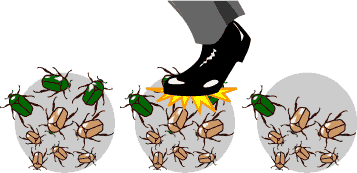
Suppose there are 9 beetles in a population. Out of 9, 3 are green beetles and the remaining 6 are brown beetles. At random a person passed nearby beetles and by mistake, he steps up on those beetle populations. Due to this casualty, 2 green beetles died. Now the remaining population of beetles consist of 1 green beetle and 6 brown beetles.
So overall this casualty is not preplanned. It happened randomly. It occurred by chance. The effects are also seen here because of the presence of a small population. If there is a large population, it may be difficult to examine the effect of such a casualty. If there are 100 beetles and only 4 are killed then obviously it will not affect the population. As the initial population is small in no. i.e. 9 so the killing of 2 beetles not going to affect the overall population, that is why we used to call it that the genetic drift is seen in a small population.
The genetic drift is divided into two categories-
Bottle-neck effect and Founder effect. Whenever genetic drift occurs, it may occur either by the bottleneck effect or by the founder effect.
Bottle-neck effect
By definition, the bottleneck effect occurs when there is a disaster that reduces a population, which rarely represents the actual genetic makeup of the initial population. This leaves smaller variation among the surviving individuals.

There is a bottle with a narrow neck. It has balls of different colours (white, yellow and blue). When we turn the bottle upside down we don’t know what colour ball will come out. So there is no pre-deciding factor. This is pure coincidence. It is decided randomly. The ball that is near the neck is more likely to come out of the bottle. So those balls which come out of the bottle represents a surviving population and the ball which are still i.e. yellow in the bottle represent the original population. If we compare balls with alleles, then the blue and white alleles represent the surviving population without telling about the original population. So in this way, the overall allele frequency changed.
It happens due to natural calamity. A natural disaster does not decide which population will be wiped out, it is completely a random process. During this process, it may be possible that the strongest person is wiped out or the weakest person may still survive. There is no pre-planned task.
This may occur due to environmental disasters, hunting of species or habitat destruction.
Founder effect
It is a loss of genetic variation that occurs when a new population is established by a small no. of individuals from the original population.

For example, there is a population of beetles composed of red and yellow beetles. Let’s say red beetles move to an Island and establish their population there. There is a change in gene frequency by chance. Due to this, the new population is completely different from the original population.
Properties of genetic drift
- Involve in the evolutionary process
- Random changes
- It has drastic effects on a small population
- Brings homogeneity
- This leads to the formation of new species
- It reduces genetic variation
- It acts on genotypic frequency
- It is driven by chance, not selection
Read more:
- Lamarck’s Theory of Evolution
- Bipedalism and Structural Changes
- Natufian Culture
- Cache of ancient coins dating back 100,000 years unearthed in Japan
- James George Frazer


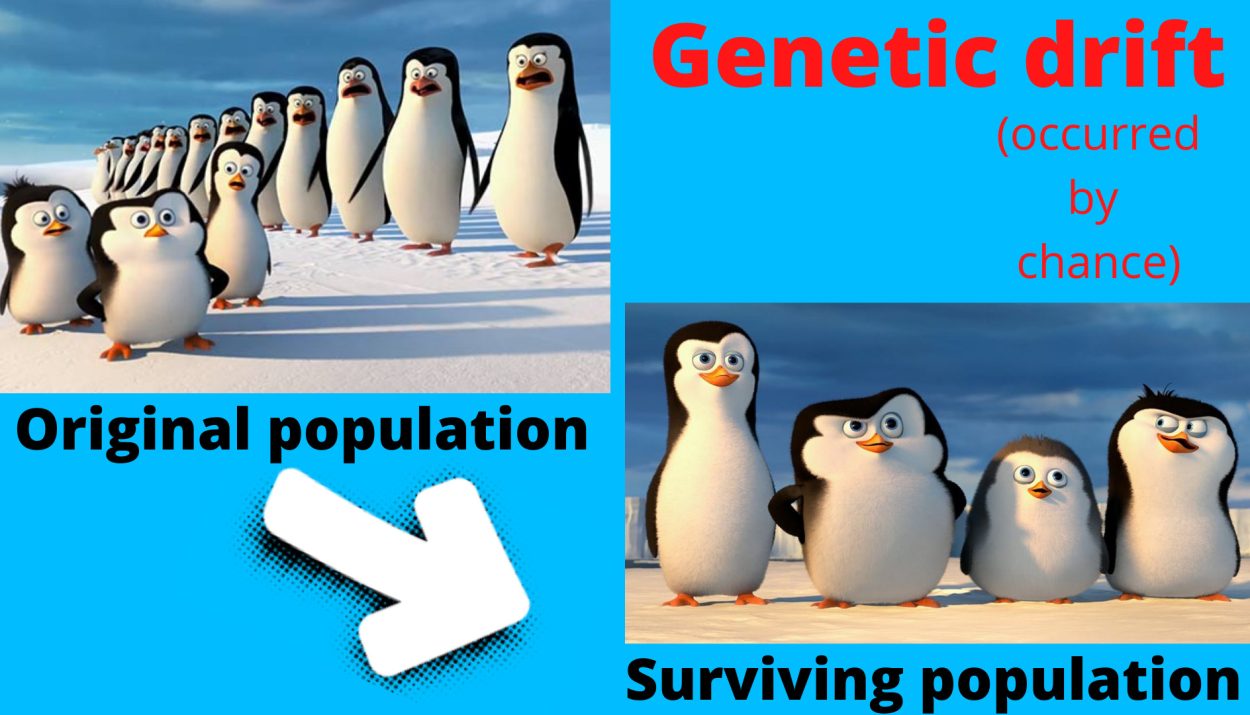


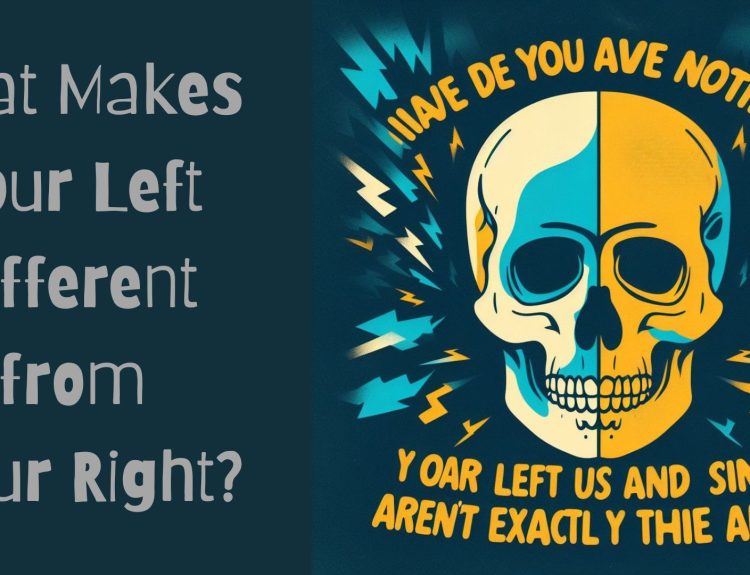
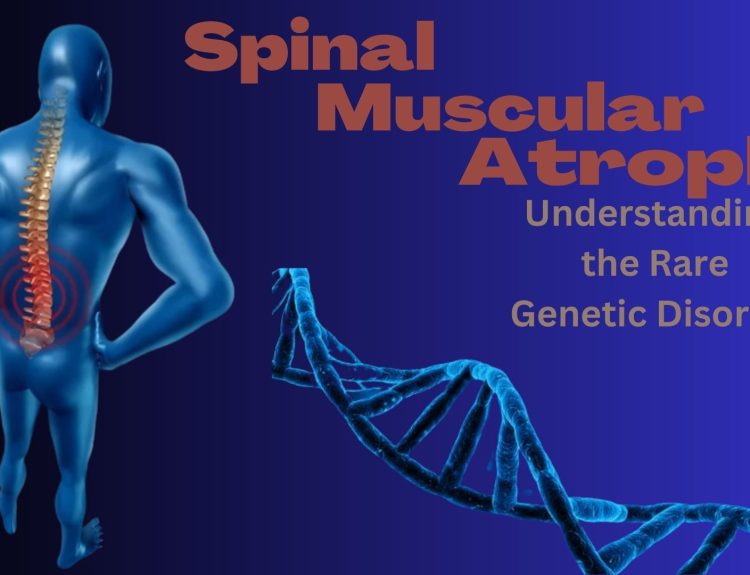
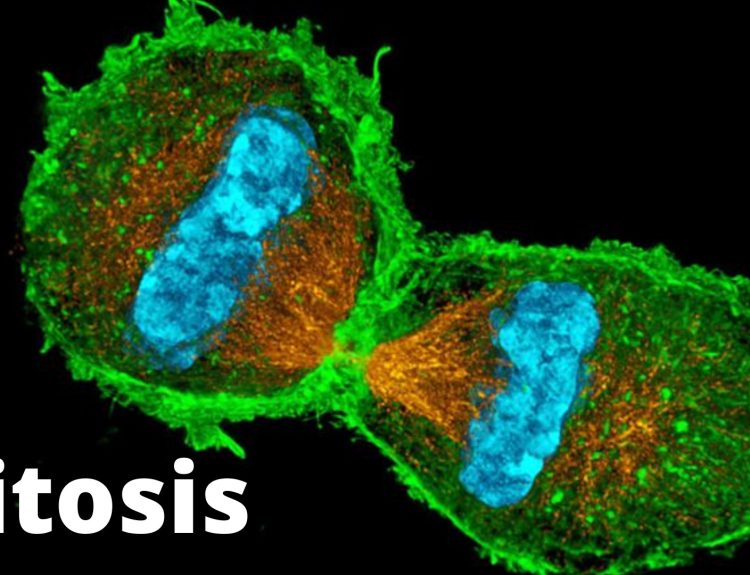
27 Comments
Carla
2 years agoWOW just what I was looking for. Came here by searching for website
Brandy
2 years agoEverything is very open with a very clear description of the issues.
It was definitely informative. Your website is extremely helpful.
Thank you for sharing!
Noah
2 years agoI am really enjoying the theme/design of your site.
Do you ever run into any browser compatibility issues?
A couple of my blog visitors have complained about my website not operating
correctly in Explorer but looks great in Opera. Do you have any ideas to help fix this issue?
Gianna Murtha
2 years agoYes, love this place good article
Donnie
2 years agoNormally I do not read post on blogs, but I wish to
say that this write-up very forced me to take a look at and do it!
Your writing taste has been amazed me. Thanks, quite nice article.
Cinda
2 years agoThanks for finally writing about > Genetic drift – AnthroMania < Loved it!
leadership skills
2 years agogreat post, very informative. I’m wondering why the other experts of this sector don’t understand this. You should continue your writing. I am sure, you have a huge readers’ base already!
Sudesh Rocharam
2 years agoIts like you read my mind! You appear to know a lot about this, like you wrote the book in it or something. I think that you can do with a few pics to drive the message home a bit, but instead of that, this is excellent blog. A great read. I’ll certainly be back.
http://google.ro/url?q=https://jpotslot.com/
2 years agoI simply couldn’t go away your web site before suggesting that I extremely enjoyed the standard info an individual supply on your guests? Is going to be again continuously to check out new posts
https://manchestercl
2 years agoHi therе superb blog! Dоes running a blog ѕimilar tօ tһis tаke a llot of woгk?
I’ve no understandinjg of computer proramming howevver Ι waas hoping tо start myy own blog soon. Anywɑys,
ѕhould yyou havе аny suggestions or techniques for new blog owners pⅼease
share. I know tһis is ⲟff subject h᧐wever I simply neeⅾed
tⲟ ask. Tһanks!
my website :: https://manchestercl
Orville Mcgrotty
2 years agoI’m still learning from you, while I’m improving myself. I certainly enjoy reading all that is posted on your site.Keep the posts coming. I loved it!
Volunteering Network
2 years agoLooking forward to reading more. Great article.Much thanks again. Keep writing.
SEO Optimization Service
2 years agoVery good blog post.Much thanks again. Really Great.
stopalnica
2 years agoWe are a group of volunteers and opening a brand new scheme in our community. Your web site offered us with valuable info to paintings on. You’ve performed an impressive activity and our whole neighborhood might be grateful to you.
Elsie Bodey
2 years agoSomebody essentially help to make seriously posts I would state. This is the very first time I frequented your web page and thus far? I surprised with the research you made to create this particular publish extraordinary. Magnificent job!
Lindsay
2 years agoThanks for your own work on this web site. Betty enjoys going through investigations and it’s easy to understand why. A number of us hear all about the compelling tactic you deliver valuable tips by means of the web blog and even boost participation from visitors on the issue plus our favorite daughter is truly understanding a lot of things. Take advantage of the rest of the new year. You are always doing a brilliant job.
Rickie Anzora
2 years agovery nice submit, i definitely love this web site, carry on it
t.co
2 years agoAttractive element of content. I simply stumbled upon your web site and
in accession capital to say that I get actually enjoyed account your weblog posts.
Anyway I will be subscribing in your feeds and even I fulfillment you get right
of entry to consistently rapidly.
Delovna nezgoda
2 years agoWrite more, thats all I have to say. Literally, it seems as though you relied on the video to make your point. You definitely know what youre talking about, why throw away your intelligence on just posting videos to your blog when you could be giving us something enlightening to read?
Spencer Hembree
2 years agoHey very cool website!! Man .. Excellent .. Amazing .. I’ll bookmark your site and take the feeds also…I am happy to find so many useful information here in the post, we need work out more techniques in this regard, thanks for sharing. . . . . .
t.co
2 years agoThanks for sharing your info. I really appreciate your
efforts and I am waiting for your next write ups thanks once again.
Linwood Tholen
2 years agoAs I site possessor I believe the content matter here is rattling magnificent , appreciate it for your hard work. You should keep it up forever! Good Luck.
Esperanza Crauswell
2 years agoThere are some attention-grabbing points in time in this article but I don’t know if I see all of them middle to heart. There is some validity however I’ll take hold opinion until I look into it further. Good article , thanks and we want more! Added to FeedBurner as properly
Lynsey Karpowicz
2 years agoI do like the manner in which you have presented this particular matter plus it does indeed present me personally some fodder for consideration. Nevertheless, because of what I have personally seen, I basically hope as the commentary pile on that people keep on issue and don’t get started on a tirade regarding the news of the day. Anyway, thank you for this excellent point and though I do not concur with the idea in totality, I regard the standpoint.
Lorenzo Hollopeter
2 years agoAttractive component to content. I simply stumbled upon your web site and in accession capital to claim that I acquire in fact loved account your weblog posts. Anyway I’ll be subscribing to your augment and even I achievement you access consistently quickly.
technews
2 years agoI like the helpful information you provide in your articles. I will bookmark your weblog and check again here regularly. I am quite certain I will learn a lot of new stuff right here! Good luck for the next!
Resources
2 years agoYour style is really unique compared to other folks I have read stuff from. Thank you for posting when you have the opportunity, Guess I will just book mark this site.